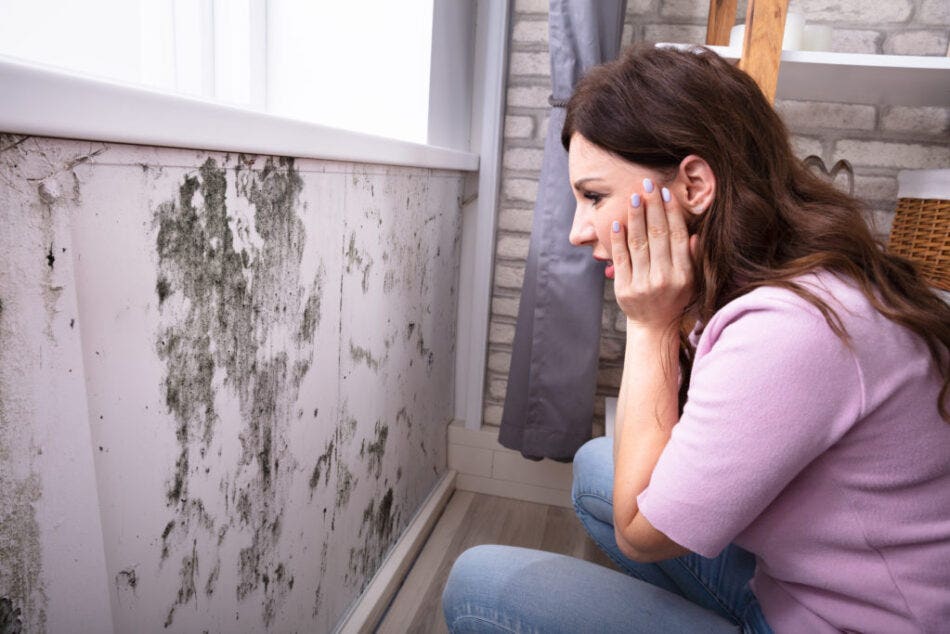Mould is a fungal growth generally found on organic matter in moist, warm conditions. It can be found in drywall, wallpaper, carpet and other places within a home. It can even be hidden behind walls! Mould is commonly caused by high humidity, leaks in the roof or foundation, broken appliances and flooding. Not only is it unsightly, but it can also cause health issues and be indicative of larger water problems in your home.
Unfortunately, mould is not usually covered by home insurance. The exception is if there was initial damage that is covered by your policy that resulted in mould.
Remember, your coverage will always depend on your individual policy. You should always contact your broker or insurance company to discuss a potential claim situation.
Why isn’t mould covered by home insurance?
Insurance is designed for unexpected events. In many cases, mould is damage that is preventable by proper maintenance. It is part of your responsibility as a homeowner to perform routine maintenance on your home and ensure there are no slow leaks that could cause mould.
Insurance companies may also specifically exclude mould or do not cover damage that can cause mould to grow, such as slow foundation leaks.
Here are some examples where mould wouldn’t likely be covered by your home insurance:
- Mould growth in your bathroom due to the high humidity.
- You notice a crack in your foundation in the fall but wait to repair it. Unfortunately, the spring melt results in the crack letting some water into your home, which you don’t notice until someone else in your household finds the mould.
- A leaky dishwasher results in huge mould growth behind the appliance in your kitchen.
- A dripping pipe fixture results in mould under the sink.
When is mould covered by home insurance?
In certain cases, mould can be covered by home insurance. This is only if a covered peril caused the mould and there are no mould exclusions on your policy.
Here are some examples where mould may be covered by your home insurance:
- A hail storm severely damages your home which allows rainwater into your home. While you submit a claim immediately, it takes some time to get repairs and mould has begun to grow thanks to warm weather.
- A major rainstorm results in an overland water event that damages your basement. Luckily you have overland water and sewer backup coverage, but it takes some time to get the water out and repairs started. During that time, mould begins to grow in the basement carpet and walls.
As always, you should talk to your broker and insurance company about any potential claim.
There may be a limit on how much mould remediation is covered. This is usually between $1000 and $10,000 but the exact amount will depend on your policy.
How do I know if I’m covered or not for mould?
Your policy documents will outline your coverage but your broker is always an excellent resource. They’re there to answer your questions and can review your policy with you. You can also submit a claim and wait for your insurance company’s response.
Can I submit a mould-related home insurance claim?
We encourage you to speak to your broker and submit a claim if it’s possible you’ll be covered.

